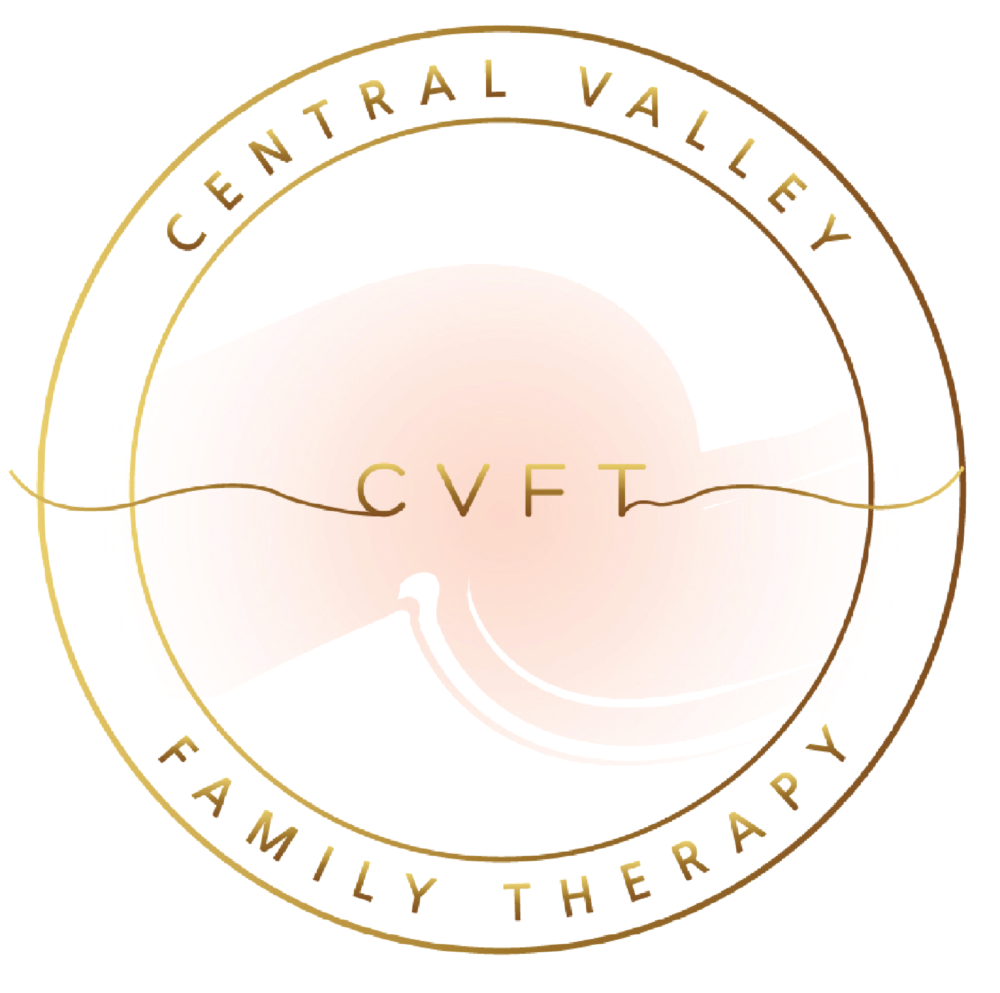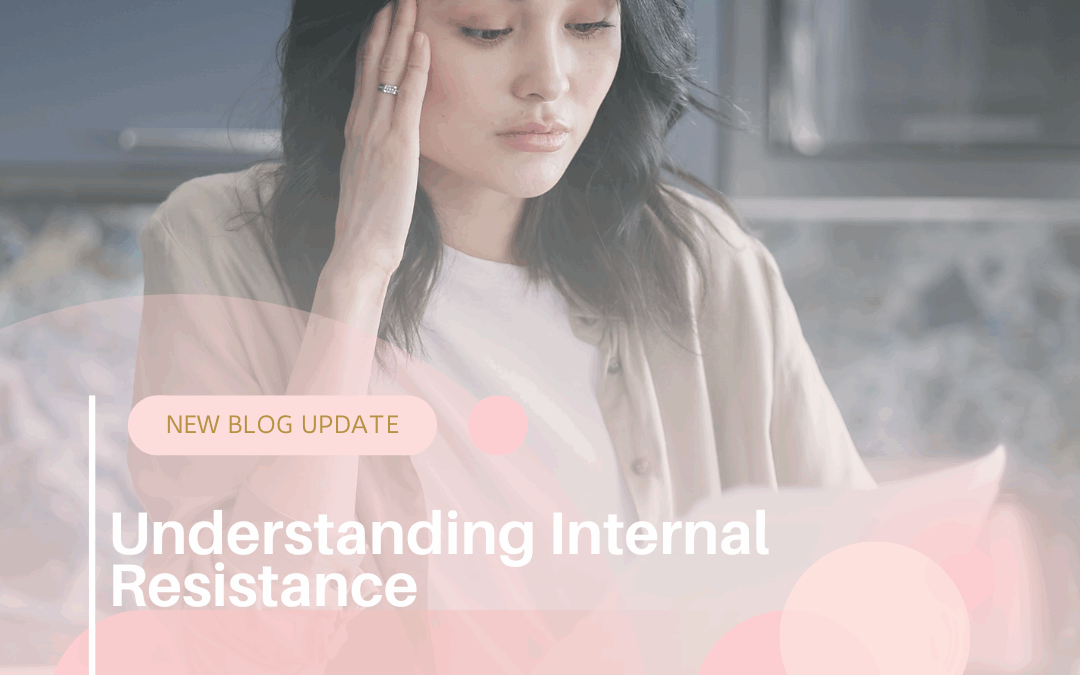When people talk about healing, they often imagine it as a clean, upward path—like climbing a mountain toward a better, brighter version of yourself. But what if parts of you aren’t excited about getting there? What if, in moments of progress, something inside you quietly pulls back?
That feeling has a name: internal resistance.
And it’s not a flaw. It’s protection.
What Is Internal Resistance?
Internal resistance is the psychological pushback we feel when faced with change—even if the change is good for us.
It might show up as:
-
Avoiding therapy sessions or skipping journaling
-
Self-sabotaging just as things are improving
-
Feeling numb or angry when someone offers help
-
Telling yourself you’re “too broken” or “not ready yet”
This resistance often confuses people: Why would I resist healing? Don’t I want to feel better?
The answer lies in understanding the protective logic of your psyche.
Why Parts of You Might Resist Healing
We’re not just one unified self—we’re a system of parts. Some parts want growth and freedom. Others want safety, familiarity, or control. These parts aren’t “bad.” They developed to protect you, often during times when you had very few choices.
Here are some common reasons why parts of you might not want to heal:
1. Healing Feels Like Letting Go of Survival Strategies
You may have learned to stay hypervigilant, people-pleasing, detached, or emotionally shut down because it kept you safe. Healing asks you to soften those defenses—but that can feel like inviting danger.
2. Pain Has Become Your Identity
When pain becomes part of how you define yourself, it can feel threatening to imagine life without it. Who am I if I’m not the anxious one? The fixer? The wounded one?
3. You Fear the Unknown
Even if your current state is miserable, it’s familiar. Healing introduces uncertainty—new boundaries, new relationships with emotions, new versions of you. And the unknown is often scarier than the pain we know.
4. You Don’t Feel Deserving
If you’ve internalized shame or guilt, a part of you may believe you deserve to suffer—or that healing is something reserved for “better” people. This belief can quietly sabotage your efforts at growth.
Working With, Not Against, Resistance
The goal isn’t to force these parts of you into submission. It’s to build trust with them.
Get Curious, Not Critical
When resistance shows up, pause and ask: What is this part afraid will happen if I heal? Listen gently. It may surprise you.
Name the Part—Then Speak to It
Try saying, “I see the part of me that’s scared to let go of control,” or “I hear the part that says this is pointless.” By acknowledging it, you reduce its need to shout.
Reassure, Don’t Argue
Instead of fighting resistance, offer reassurance. “You protected me when I needed it. But now I have more tools. I’m safe to try something new.”
Explore in Therapy
A therapist trained in Internal Family Systems (IFS), parts work, or somatic therapy can help you dialogue with resistant parts and untangle their fears in a supported way.
Final Thoughts: Resistance as an Invitation
Internal resistance isn’t a sign you’re failing—it’s an invitation to deepen your healing.
The parts of you that resist change are often the youngest, most vulnerable, and most burdened. They need compassion, not coercion.
Healing isn’t about erasing these parts. It’s about helping them trust that they no longer need to fight alone.
You’re not broken for struggling. You’re human. And the more you can hold space for all of your parts—yes, even the scared ones—the more whole you become.


Recent Comments